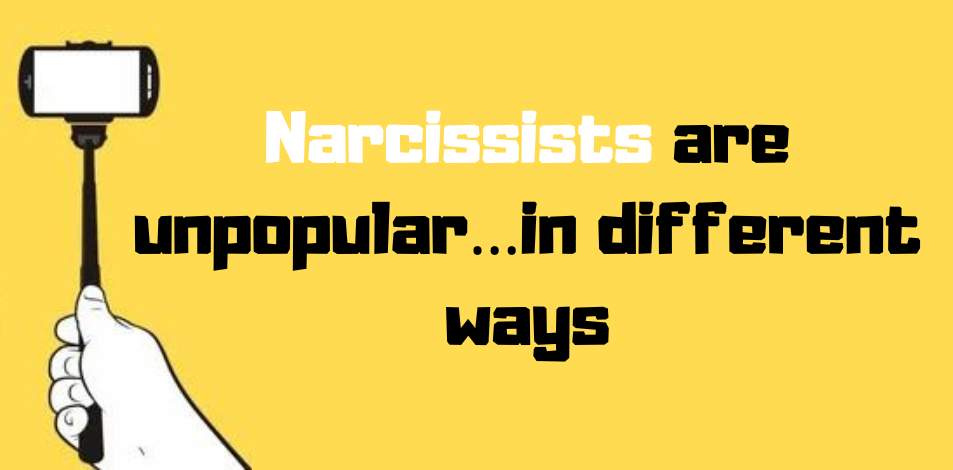
Regardless of the first impression narcissists make, their nature and personality become apparent over time to those who know them well. Previous research has shown that narcissists are often disliked by those they know, because they often abuse others in order to maintain high opinions of themselves. A new study looks at two types of narcissism and how this dislike manifests itself in their social networks [1].
The first type is grandiose narcissism, where people tend to feel entitled and believe they are superior. These narcissists are often outgoing and charming, but they are also unlikable. They may initially appear confident and impressive, but their lack of respect for others eventually fuels their dislike. Vulnerable narcissists, on the other hand, have a “defensive and insecure sense of grandiosity.” These people tend to be isolated, hostile, and arrogant.
The researchers looked at groups of students who knew each other well. The students nominated people they “liked” or “disliked” in their group. They could list as many people as they wanted in each category.
The results? Both types of narcissists were highly disliked by their peers, and the narcissists were also disliked by many of their peers. There were differences between the two types of narcissists as well. Students who were grandiose narcissists were more frequently nominated in the “dislike” category. Vulnerable narcissists, on the other hand, were not actively disliked but also received very few “like” nominations.
Although both types of narcissists are socially maladaptive, grandiosity led to more active dislike. What are the consequences? Aside from the insight itself, the researchers suggest that narcissists can actually help unite social groups. A shared dislike of the narcissists they know may be a factor that brings people closer together than they might otherwise be.
[1] Czarna, Anna Z., Michael Dufner, and Allan D. Clifton. “Effects of Vulnerable and Grandiose Narcissism on Like-Dislike Centrality in Social Networks.” Journal of Personality Research 50 (2014): 42–45.




